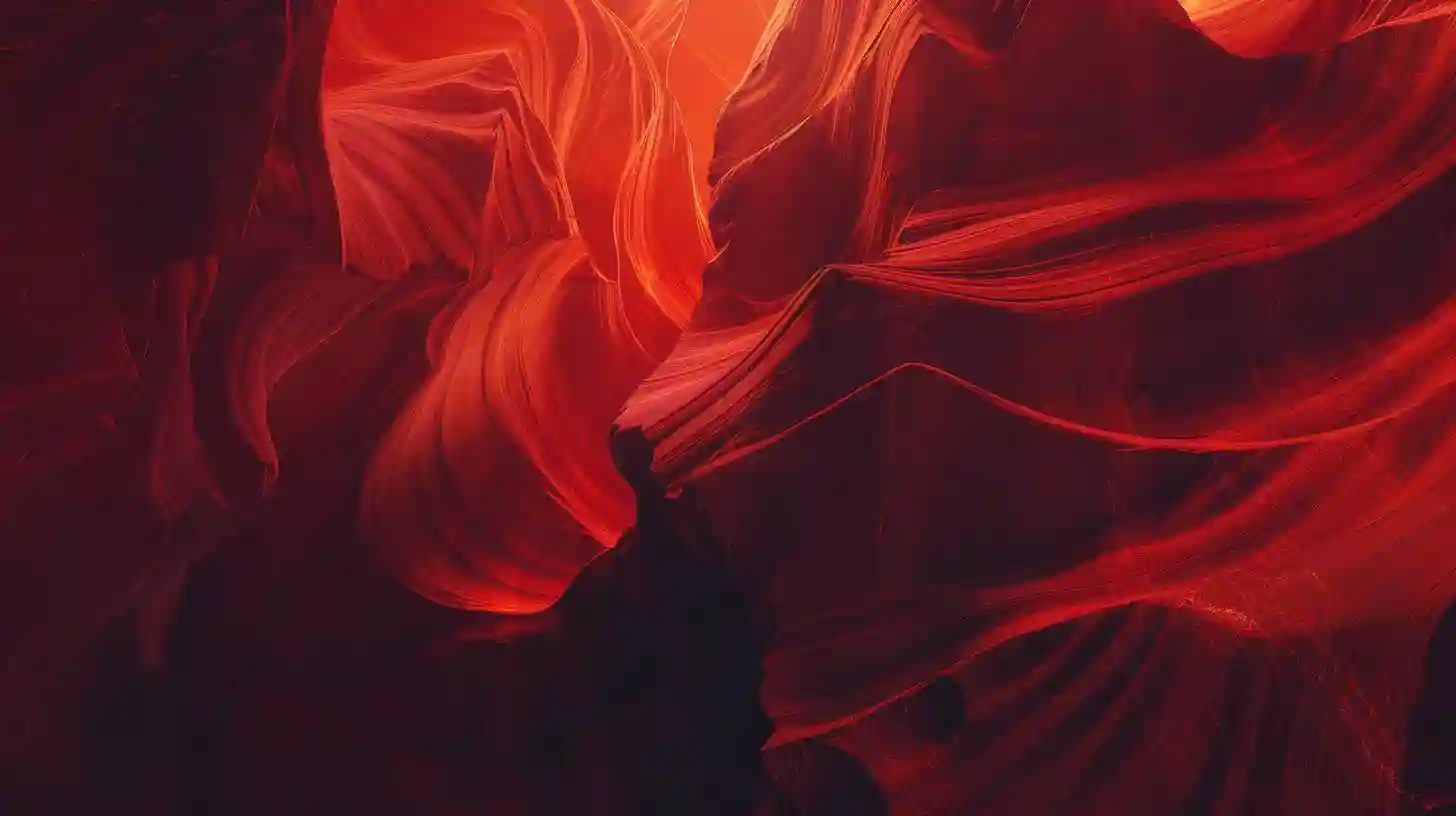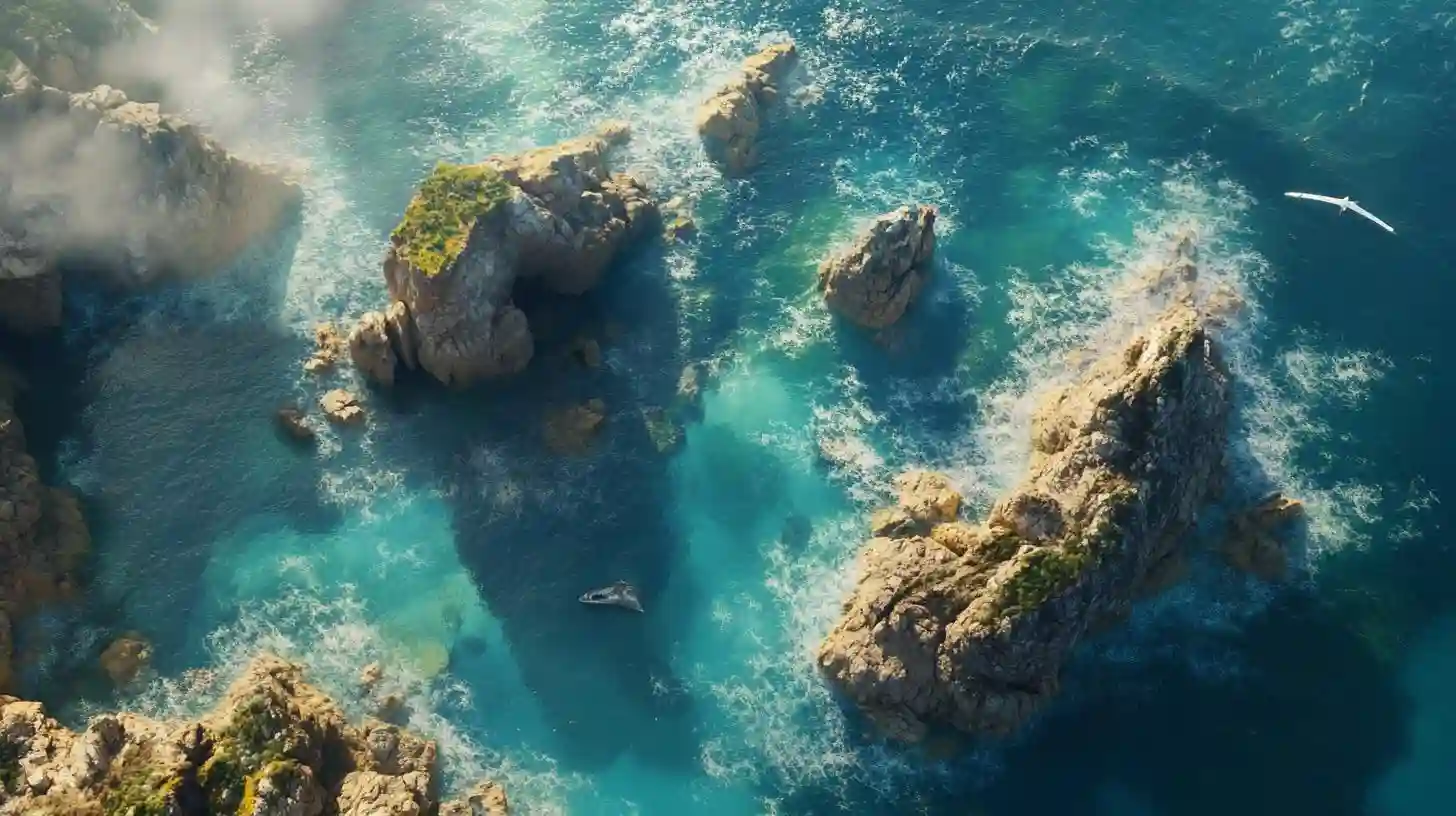
Antelope Canyon
**Antelope Canyon: A Natural Wonder in the American Southwest**
Antelope Canyon, an enchanting slot canyon in the American Southwest, attracts travelers and photographers with its unique geological formations and mesmerizing light displays. Located near Page, Arizona, this breathtaking natural wonder is known for its stunning interplay of light and shadow, captivating colors, and winding pathways, creating a surreal visual experience.
The canyon is divided into two main sections: Upper Antelope Canyon and Lower Antelope Canyon, each offering distinct experiences. Upper Antelope Canyon, often referred to as “The Crack,” is famous for its accessibility and exquisite light beams that penetrate through narrow openings at the top during spring and summer months. These beams create a captivating display of colors that shift throughout the day, providing photographers with opportunities to capture a heavenly essence in their images.
Lower Antelope Canyon presents a different adventure. Visitors navigate its more complex and narrow passageways, making for a thrilling experience in a less commercialized section. While the light displays here are also beautiful, the focus shifts to intricate rock formations that seem to change shape with every footstep. Together, the two canyons offer vastly different yet equally compelling experiences.
Geologically, Antelope Canyon is shaped by erosion and flash flooding. The softer Navajo sandstone allows water to carve out winding tunnels and sculpt dramatic shapes over centuries, resulting in sweeping smooth walls and captivating formations that seem to dance in the light. Visitors often leave with a deep appreciation for the natural world, recognizing the canyon's sacredness to the Navajo people, who view it as a living gallery resonating with stories of the land and its cultural significance.
Accessing Antelope Canyon has transformed significantly in recent years. Due to its growing popularity, guided tours led by knowledgeable Navajo guides are the primary way for visitors to explore the area. These guides share insights about the canyon's geology, history, and cultural importance, while also emphasizing the need to respect the land and its traditions.
The canyon's narrow structure creates distinctive echoes and an almost spiritual silence, occasionally interrupted by the whispers of wind or laughter from fellow explorers. This intimate atmosphere draws people worldwide, each seeking inspiration among the twisting shapes and shimmering colors.
During specific times of the day, particularly from mid-morning to mid-afternoon, beams of sunlight illuminate the canyon walls in a glowing display of vibrant hues. Many photographers eagerly await this moment, as colors come alive, revealing intricate patterns on the sandstone walls.
Preparation is key for a visit. Depending on the season, temperatures can vary widely; lightweight clothing and hydration are crucial in summer, while layers may be necessary in cooler months. Comfortable footwear is recommended due to the uneven terrain.
Photography plays a significant role in the Antelope Canyon experience, but visitors must be respectful and mindful of guidelines to protect the delicate environment. The popularity of the canyon has led to environmental concerns, prompting the Navajo Nation to implement regulations and educational programs focusing on sustainability.
For those planning to visit, booking guided tours in advance is essential, especially during peak seasons. Beyond Antelope Canyon, the region offers further exploration opportunities, including nearby attractions like Lake Powell and Horseshoe Bend, each rich with adventure and breathtaking scenery.
Antelope Canyon remains one of nature's most fascinating creations, inviting visitors to explore its depths and uncover a sanctuary of beauty. Its rich history, cultural significance, and photographic allure make it an iconic testament to the wonders of the natural world, offering profound experiences that connect individuals to the Earth and honor the legacy of generations past.






Page